In March 2013, the Catholic Church was in crisis. Across the globe, countries were confronting the shame of sexual abuse by Catholic priests, while in Rome, European anti-money-laundering officials were pressing the Vatican to become more transparent in its financial dealings. The church’s moral credibility was in tatters and its financial assets diminished. Christianity itself was in rapid decline, and secularization was on the rise.
At the same time, there was a sudden vacancy at the top: Just a month earlier, on Feb. 11, Pope Benedict XVI shocked the world by becoming the first Roman pontiff to voluntarily resign since 1294.
As 115 cardinals gathered to elect a new pontiff, Argentine Archbishop Jorge Mario Bergoglio delivered a four-minute speech that seemed to turn the tide. The next pope, he said, must be one who helps the Catholic Church to “come out of herself and to go to the peripheries, not only geographically, but also the existential peripheries.”
Bergoglio would be that man—the first pope ever to hail from the global south. Longtime Vatican watchers were later stunned to learn that the man chosen to lead an institution known for its wealth and power had taken the name Francis, after the saint from Assisi known for his humility and concern for the poor.
In his first public appearance, Pope Francis appeared on the loggia of St. Peter’s Basilica wearing a simple white cassock instead of the traditional, lavish red velvet mozzetta—a clear signal that a new era had begun. He seemed to revel in the surprise he caused, wryly remarking that his brother cardinals had gone to the “ends of the earth” to find him.

Jorge Mario Bergoglio was born on Dec. 17, 1936, in Buenos Aires, the eldest of five children to a first-generation Italian immigrant father and a native Argentine mother with Italian heritage. He would credit his grandmother (nonna) Rosa with teaching him how to pray. It was her commitment to the church’s social gospel—with a particular emphasis on workers’ rights and economic justice—that shaped his understanding of the church’s relationship with the world around it.
Bergoglio worked various stints as a janitor, club bouncer, and technician in a chemical laboratory, but it was the Jesuit order’s focus on missionary work that won him over. By age 12, according to the future pope’s recollections, he felt a desire to enter the Catholic priesthood, eventually joining the Society of Jesus, known as the Jesuits, in 1958.
He quickly ascended the ranks, becoming a Jesuit provincial superior at the young age of 36, in charge of Argentina’s and neighboring Uruguay’s Jesuits from 1973 to 1979. Despite his early career success, however, Bergoglio made many enemies due to what his confreres described as his rigidity and stubbornness—something that even he would later admit to. His authoritarian style of governance and decision-making, where he often clashed with theologians and other Jesuit priests, removing those with whom he disagreed, led the order to seek new leadership at the top.
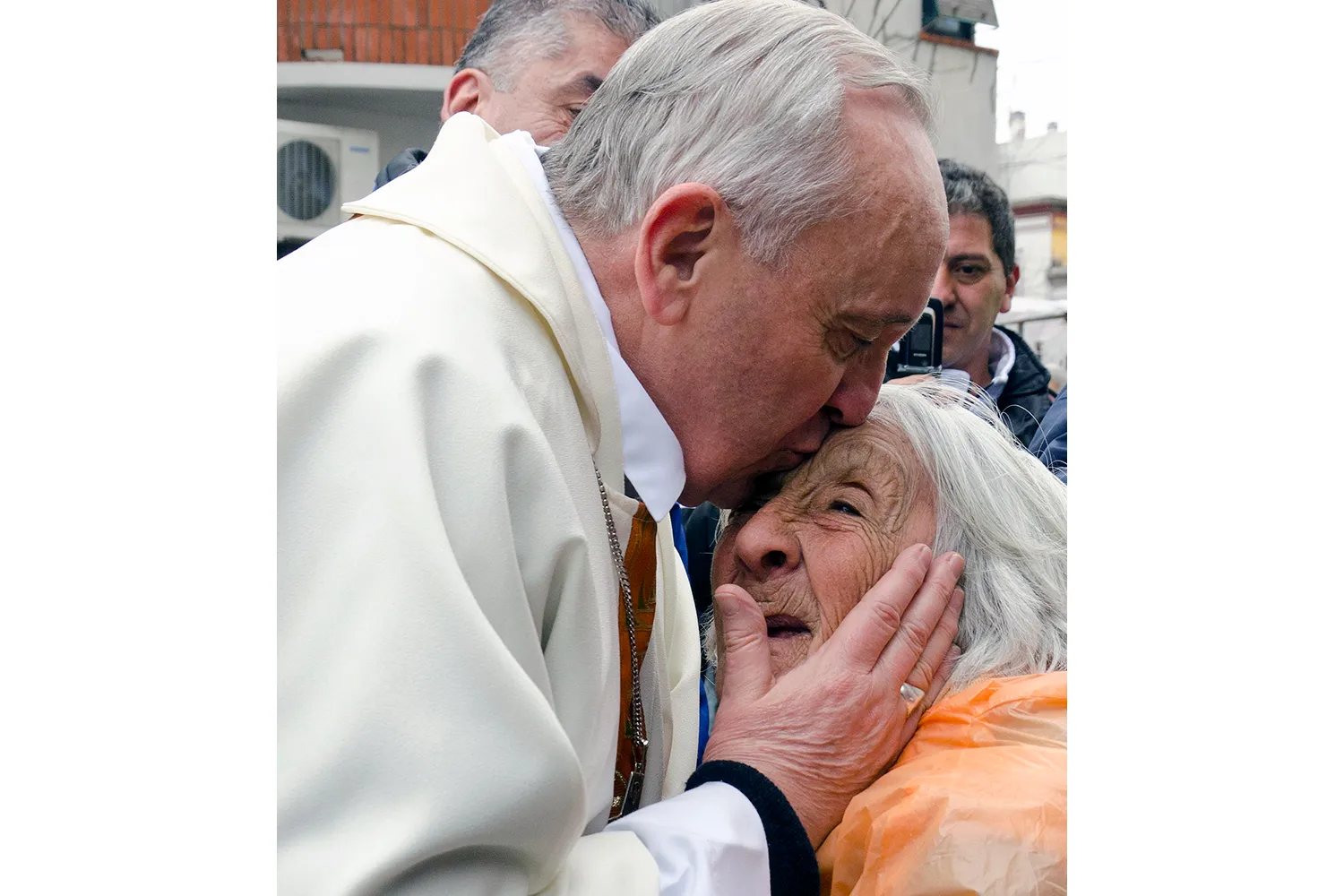
After being forced into exile in Córdoba, 400 miles away from the Argentine capital, he spent years simply hearing confessions, serving the poor, and reading—including a history of the popes—which reoriented his understanding of what he thought should define a priest’s priorities. In learning to live humbly, he came to an understanding that a priest’s vocation, and even a pope’s, should be defined by service, not power.
After this rehabilitation period, with plenty of time for prayer and reflection, Bergoglio reset his relationship with many of Argentina’s church leaders, including the then-archbishop of Buenos Aires.
In 1992, Bergoglio was appointed auxiliary bishop of Buenos Aires, the archbishop’s No. 2, a post he held until becoming the city’s archbishop in 1998. In this new capacity, he forwent living in the archbishop’s opulent residence and chose instead to live in a simple apartment. Despite being made a cardinal—a “prince of the church”—in 2001, he traveled throughout the city by public bus and was most often found celebrating Mass not in the city’s grand churches but in its slums.
Upon reaching 75, the usual retirement age for bishops, Bergoglio was eager for Pope Benedict XVI to accept his resignation so he could forgo the hassles of church administration and spend his retirement in full-time ministry among the city’s poor. But then Benedict did something that no pope had done in 700 years and announced his abdication from the papacy.
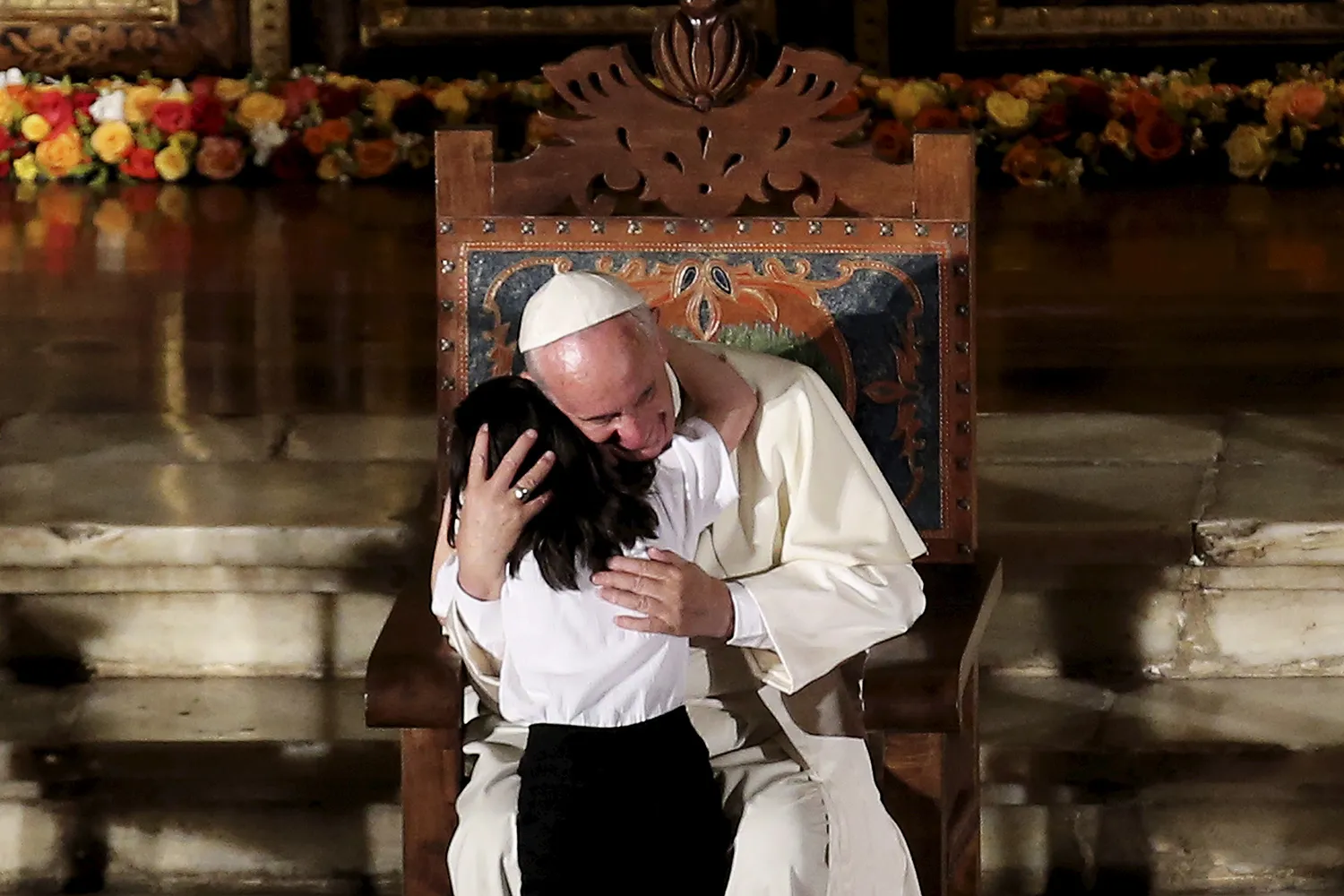
Days after his election, Pope Francis met with the more than 5,000 journalists who had covered the historic conclave and said he dreamed of a “church that is poor and for the poor.” At his inauguration Mass, attended by scores of world leaders, the newly elected pope offered a succinct blueprint for his agenda: Church leaders were called to “be protectors” of all God’s creatures and all of creation.
For his first trip outside Rome as pope, Francis chose the tiny Italian island of Lampedusa to make a big statement. There, he tossed a wreath into the sea to commemorate the thousands of lives lost by migrants attempting to cross the Mediterranean.
The pope went on to lament the “globalization of indifference” toward their plight and effectively cemented migration as one of the centerpieces of his papacy—an issue that would bring the peace-loving pope into repeated political conflicts with the likes of U.S. President Donald Trump, Italian populist politician Matteo Salvini, and Hungarian Prime Minister Viktor Orban.
Nearly nine years after that visit to Lampedusa, the pope was still sounding the alarm. On a visit to the island of Cyprus in December 2021, he compared the conditions of migrants and refugees to those living in concentration camps, saying that people read about Nazi camps and Stalin’s Gulag and ask, “How could this happen?” “Brothers and sisters, it is happening now,” the pope said.
In 2015, he became the first pope to issue a comprehensive church document warning about the threats of climate change as “one of the principal challenges facing humanity.” The nearly 200-page document offered a searing criticism of unbridled capitalism, which he said has destroyed the planet and threatens the world’s poor. As nations gathered in Paris in 2015 to draft and pass historic climate accords, it was the pope’s words that gave some nations the extra push they needed to sign on.
While his immediate predecessors, German Pope Benedict XVI and Polish Pope John Paul II, had focused primarily on the political and economic challenges of a post-communist and increasingly post-Christian Europe, Francis pivoted to the Muslim world with an emphasis on what he described as building a “culture of encounter.”
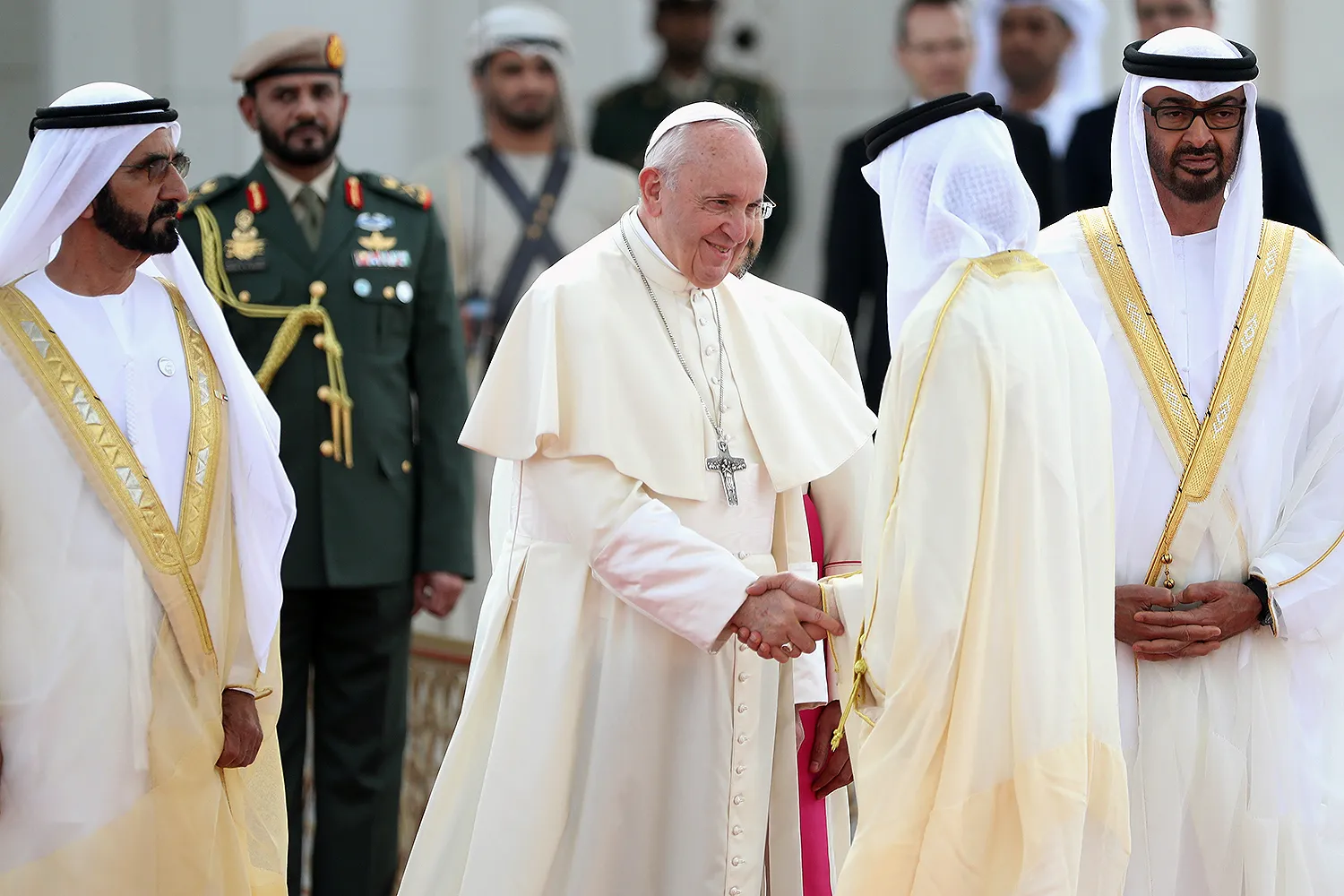
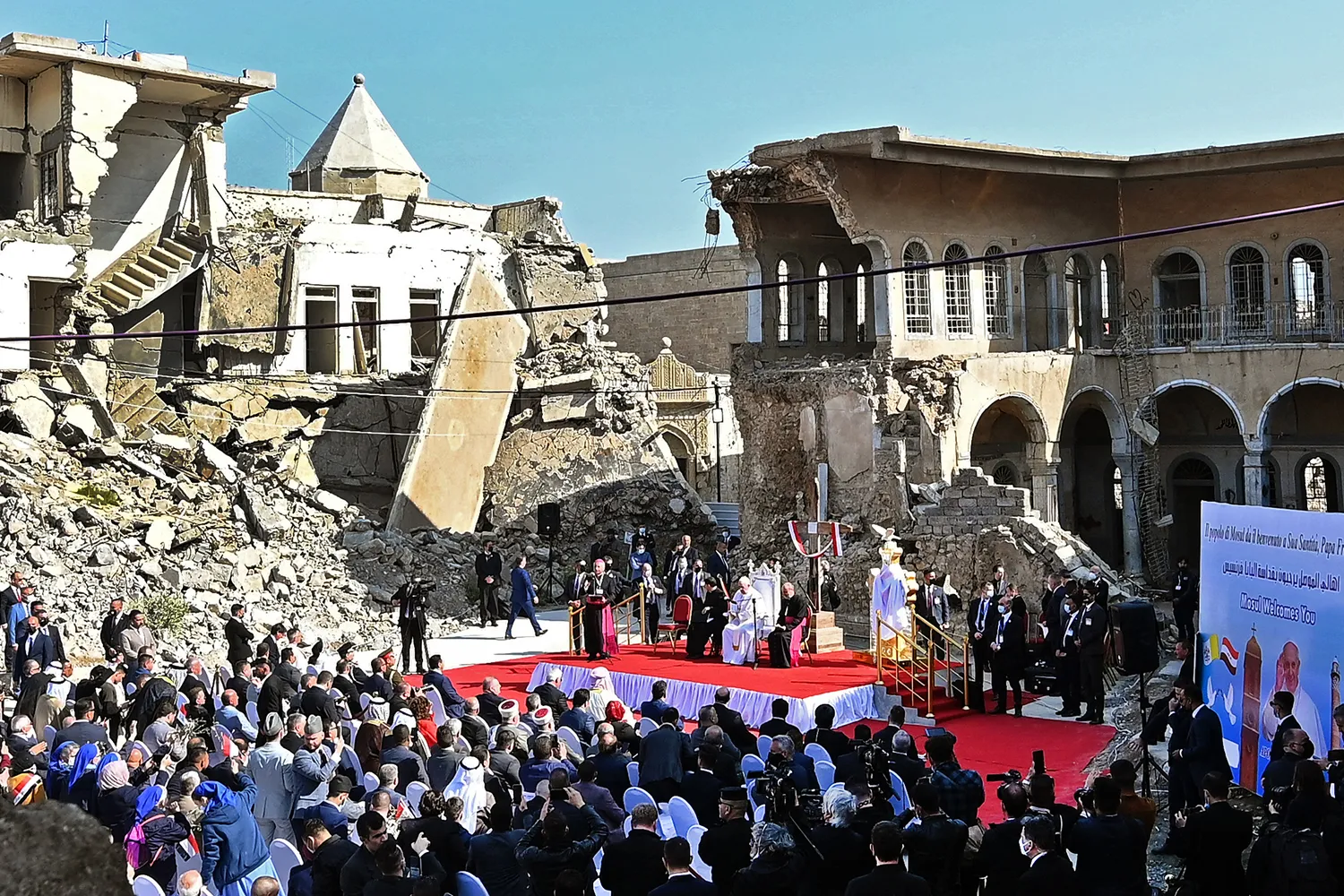
In 2019, during a visit to Abu Dhabi, United Arab Emirates, he became the first pope to celebrate Mass on the Arabian Peninsula. There, with Sheikh Ahmed el-Tayeb, the grand imam of Egypt’s Al-Azhar Mosque, he signed a landmark Document on Human Fraternity, declaring that people of different faiths can and should live peacefully alongside one another. In 2021, at the height of the COVID-19 pandemic, he became the first pope to travel to Iraq, where he met Grand Ayatollah Ali al-Sistani, one of the world’s top Shiite clerics. “Hostility, extremism, and violence are not born of a religious heart: They are betrayals of religion,” Francis said. “We believers cannot be silent when terrorism abuses religion. Indeed, we are called unambiguously to dispel all misunderstandings.”
Slideshow: A Pope of the People
-
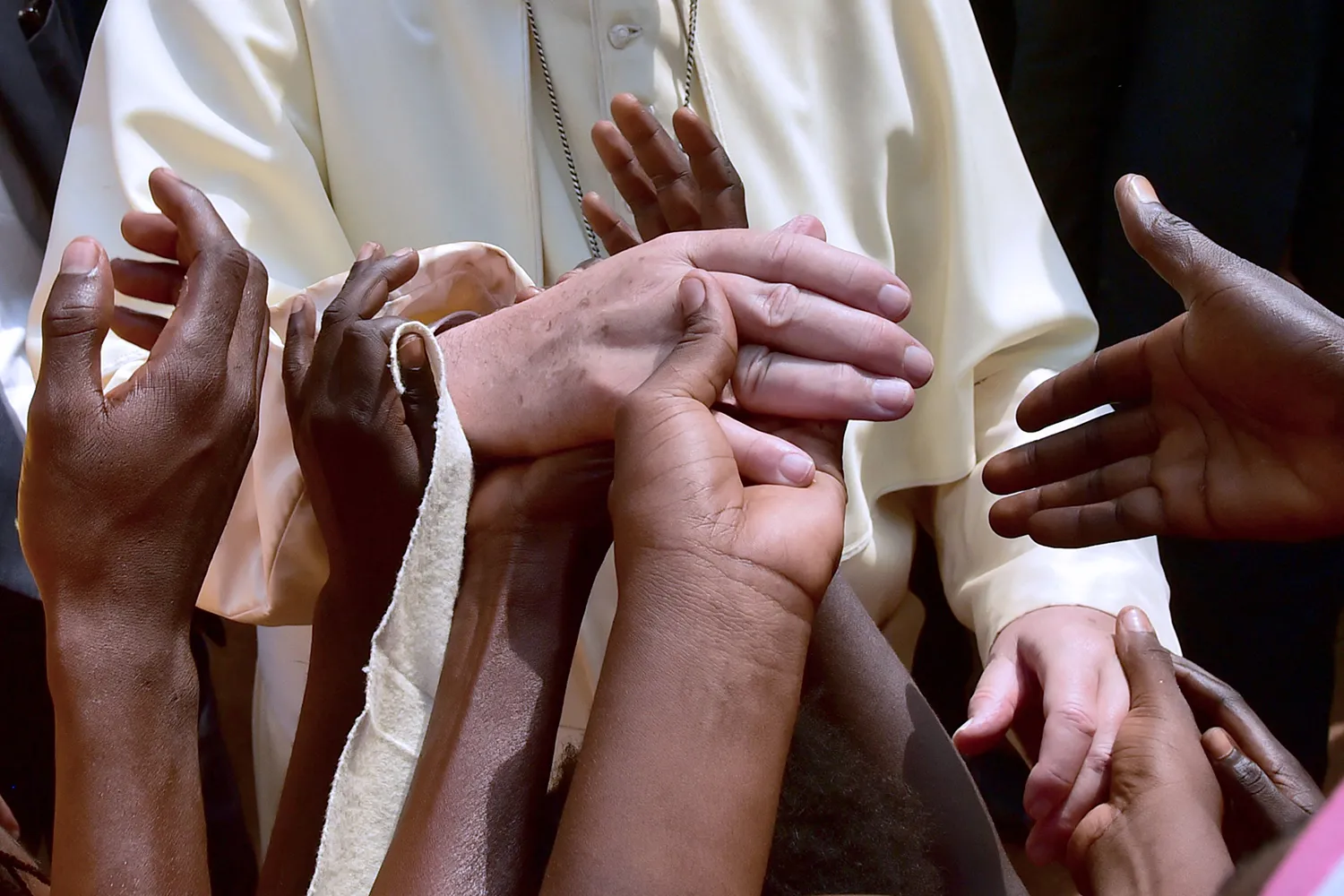
Children touch the hands of Pope Francis
-
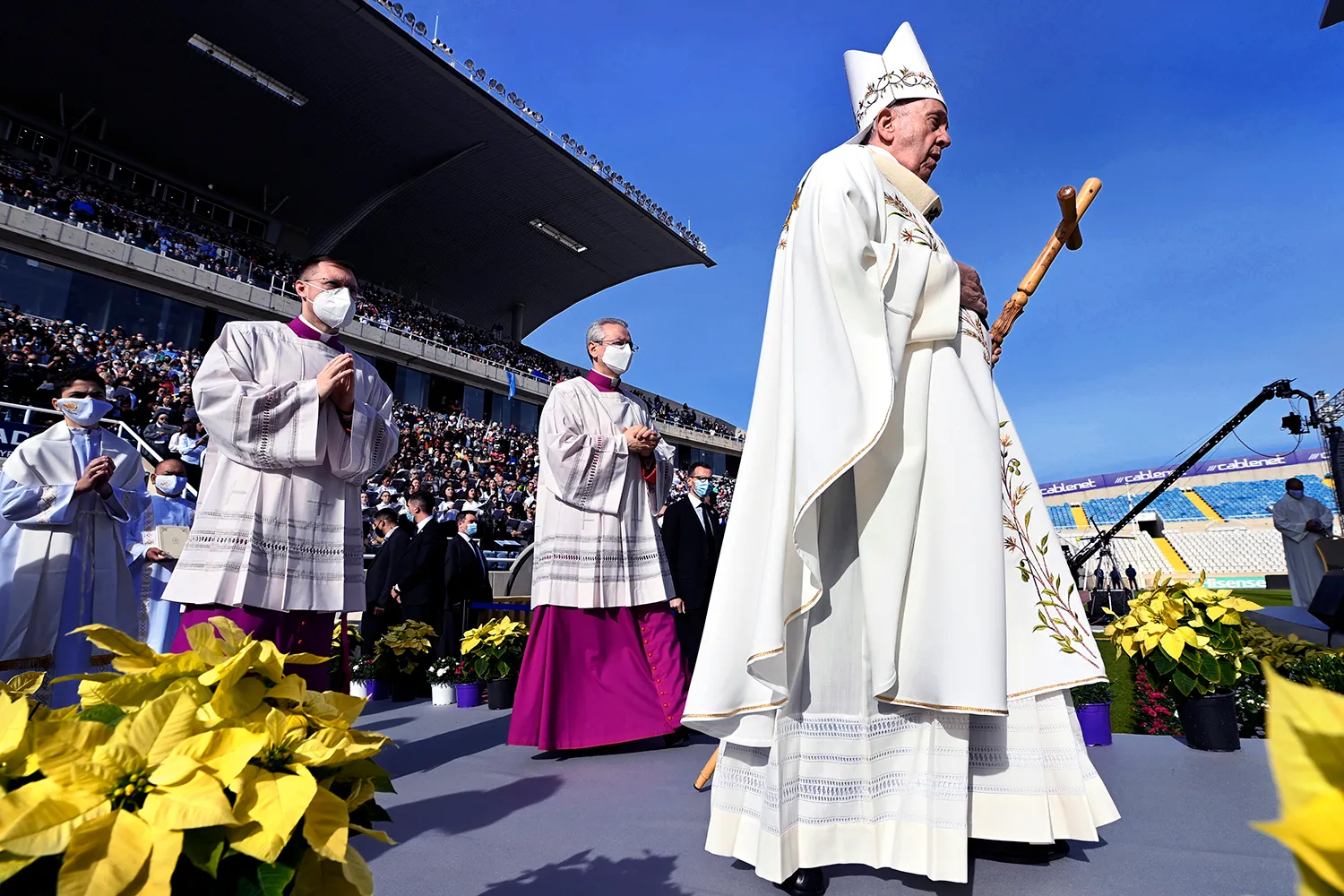
Pope Francis walks at a football stadium in Cyprus
-
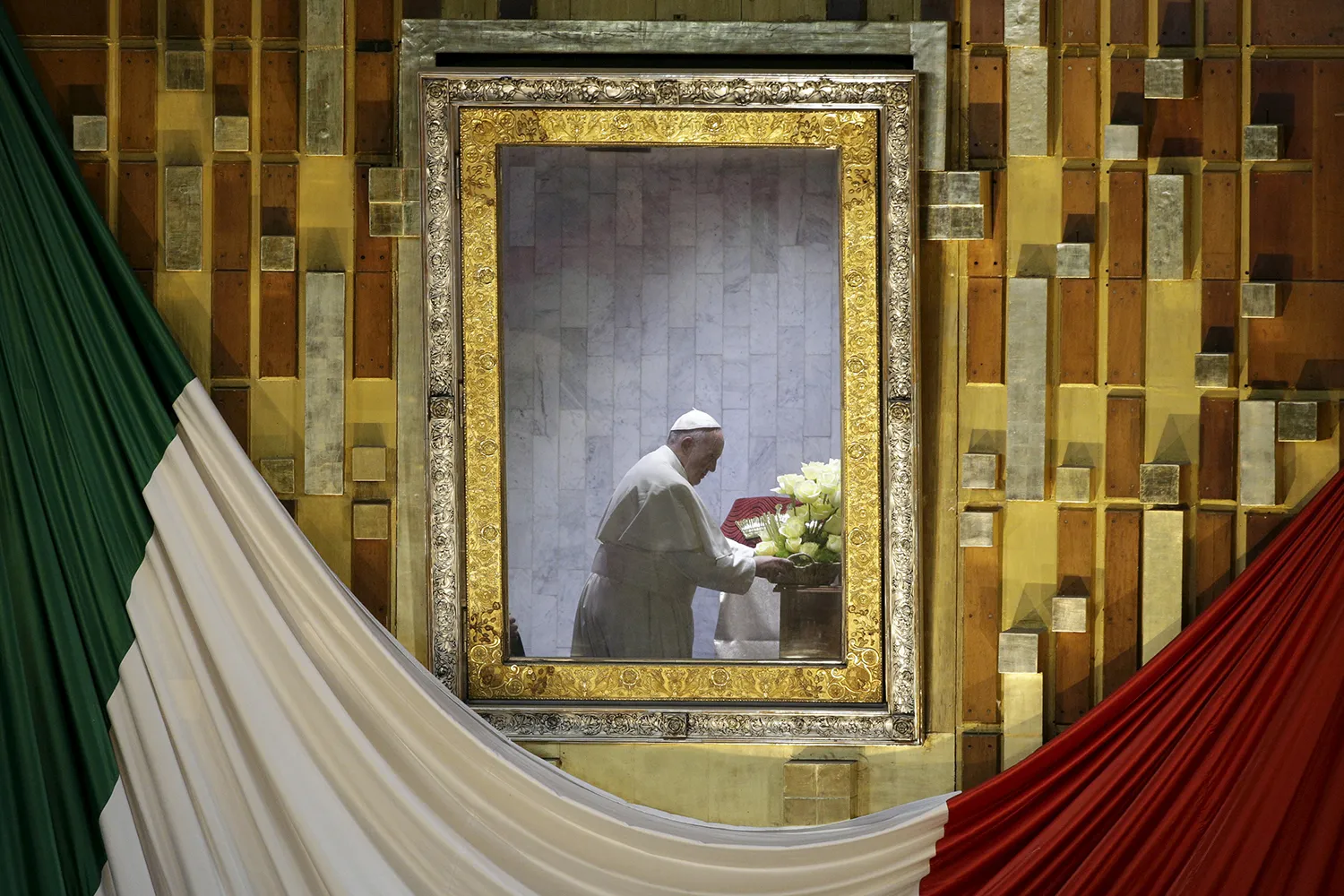
Pope Francis prays
-

Pope Francis speaks with religious leaders
-
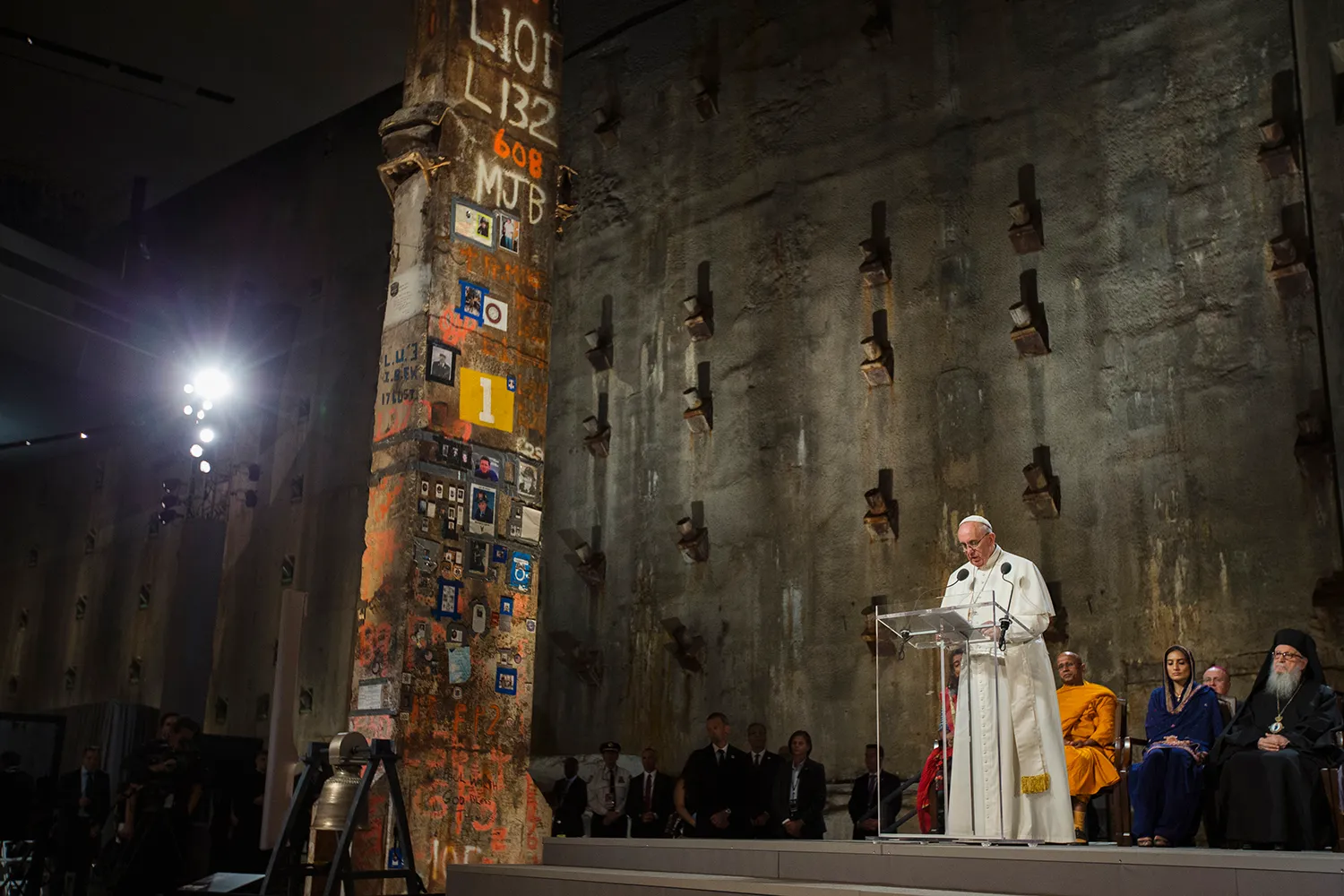
Pope Francis speaks at the 9/11 Memorial
-

Pope Francis waves to the crowd
-
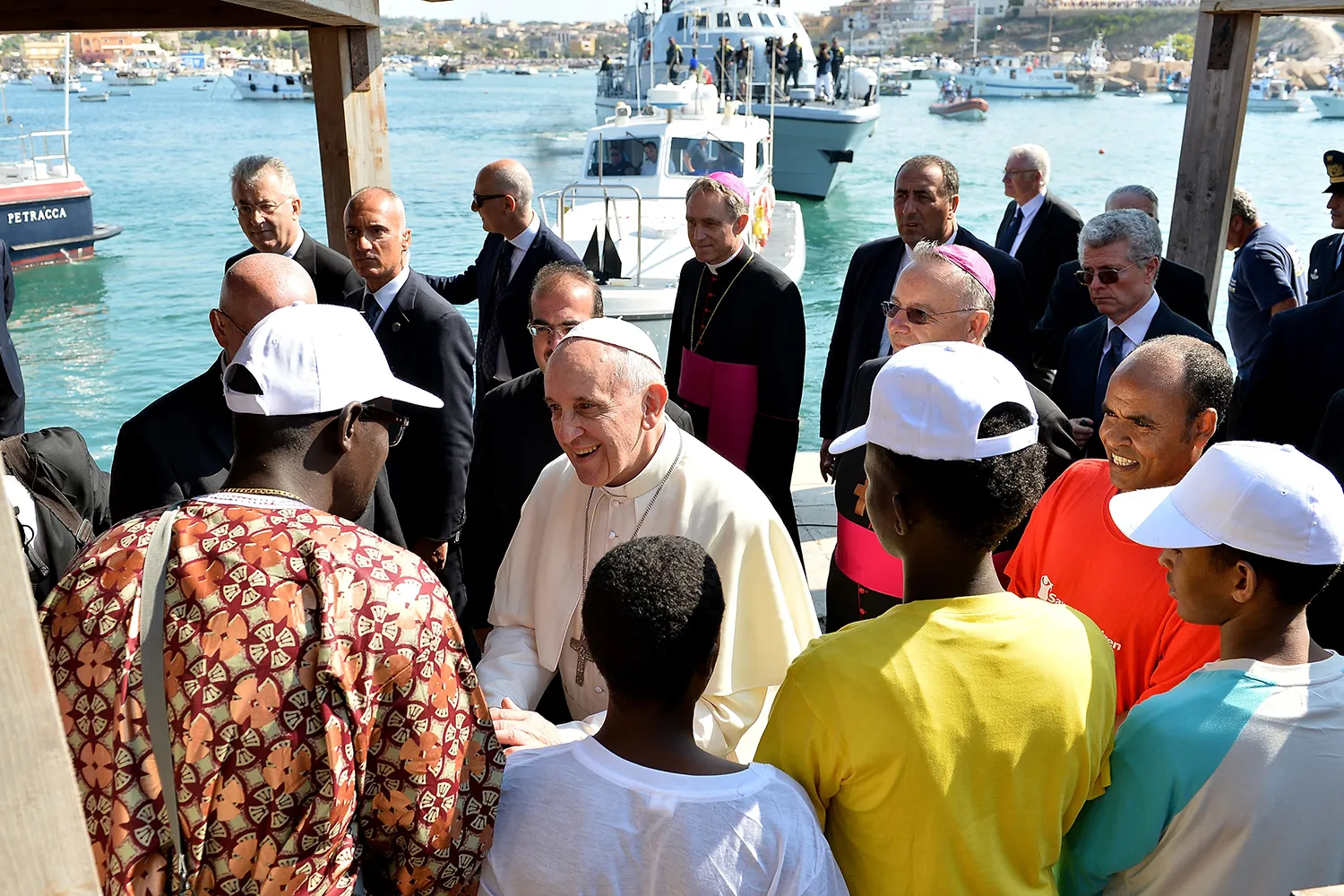
Pope Francis meets with immigrants at a pier
-
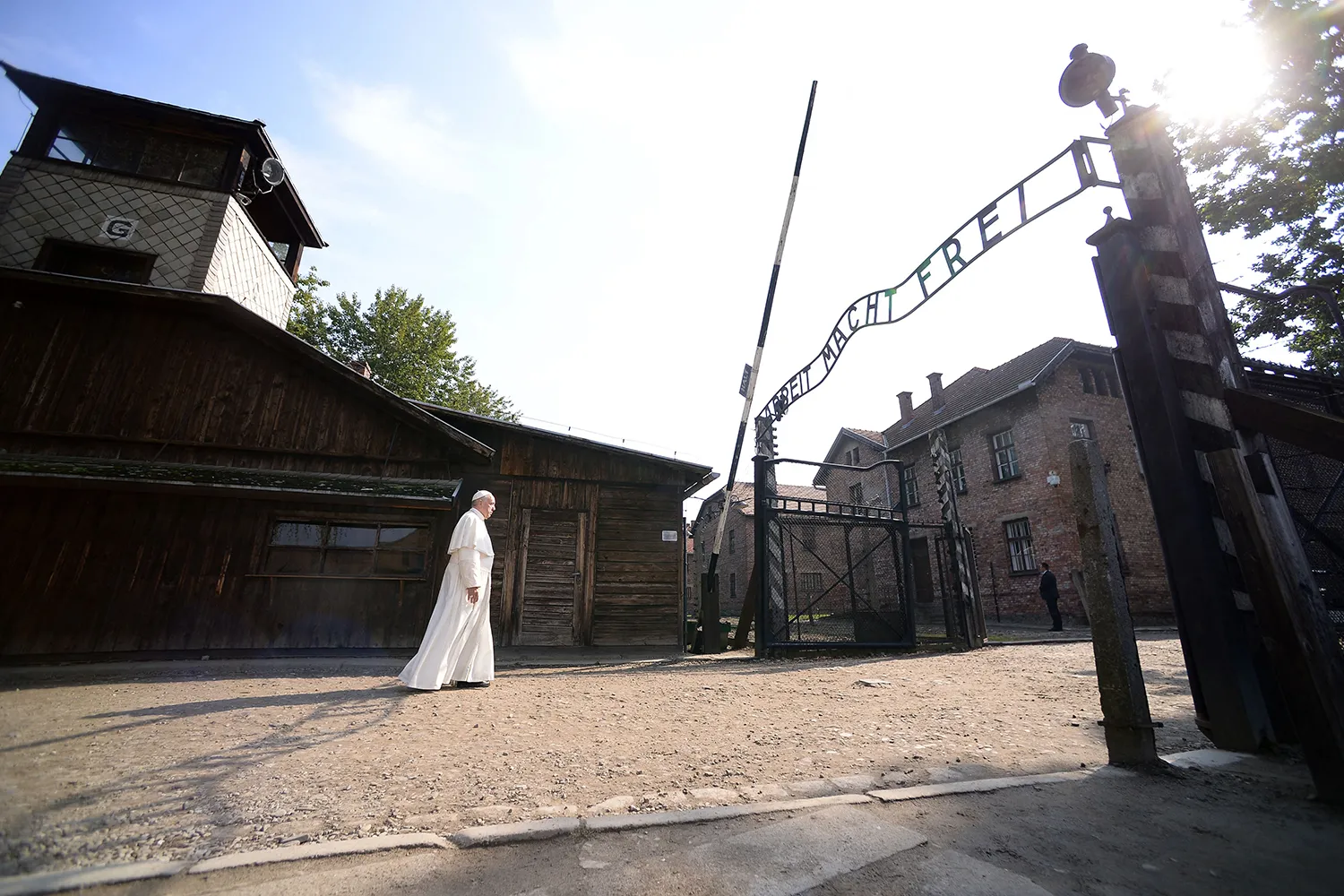
Pope Francis visits Auschwitz
-
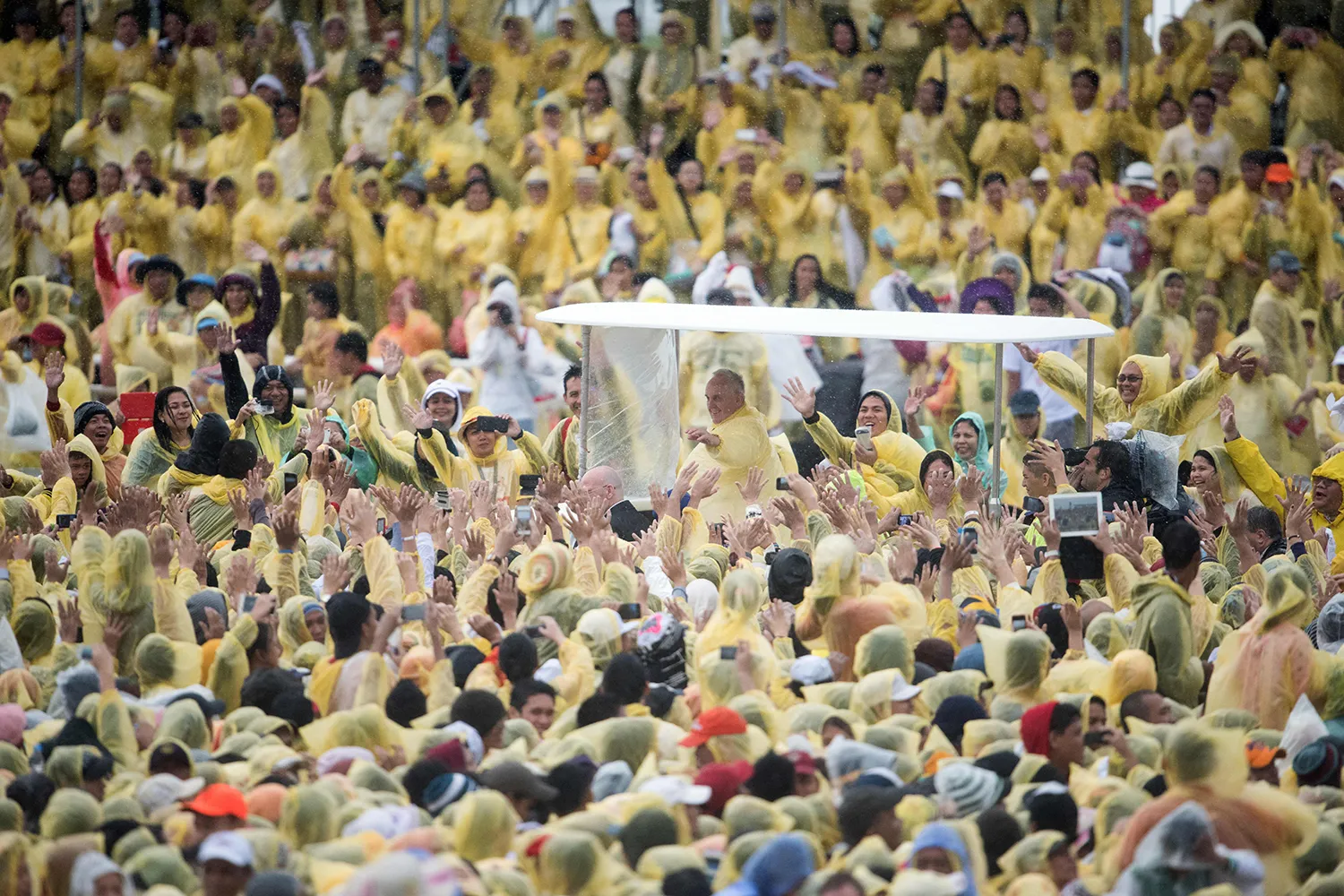
Pope Francis in a plastic poncho is surrounded by people
-
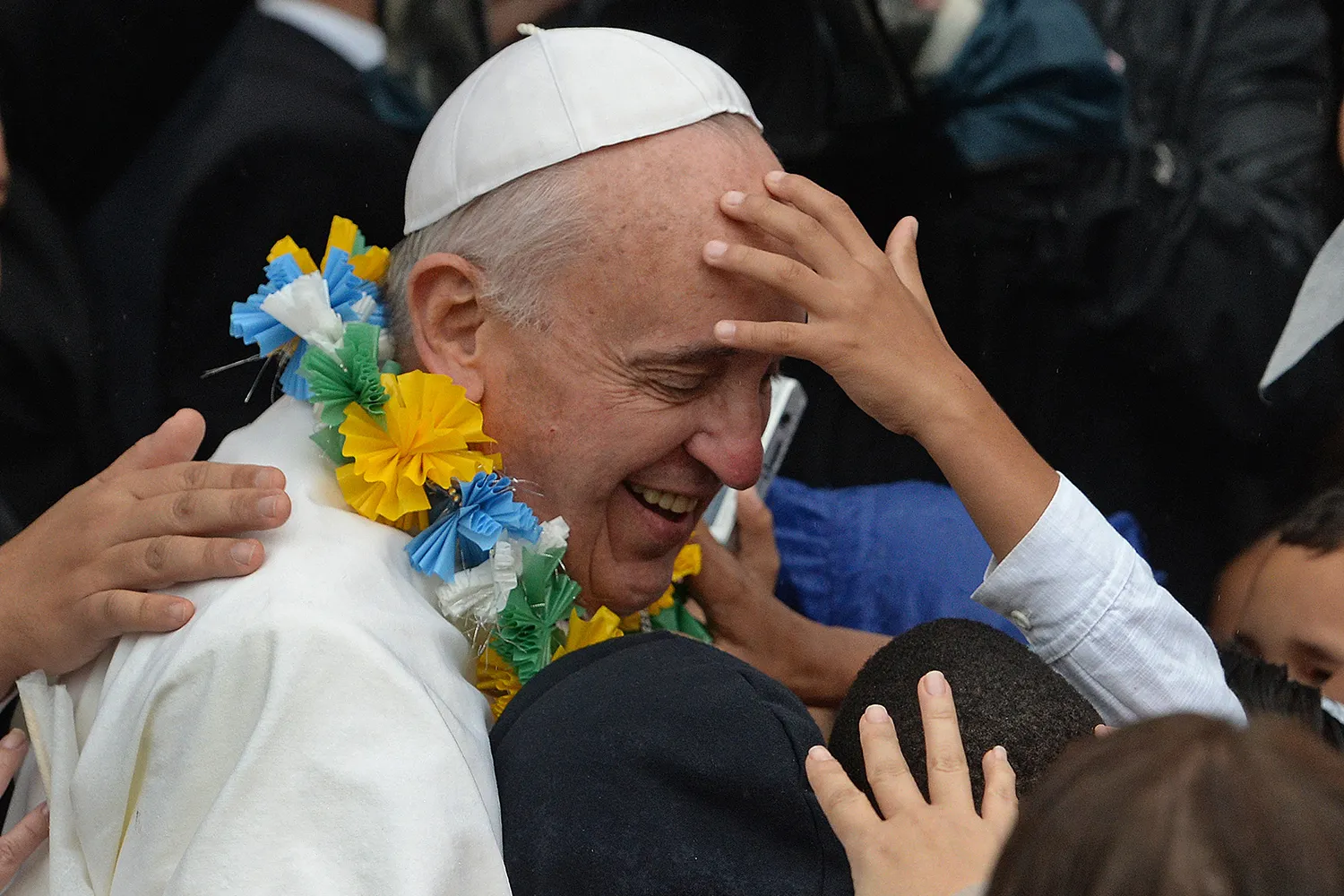
Children reach out to Pope Francis
PreviousNext
Yet despite Francis’s devotion to reconciliation and his celebrity-like status—he made the cover of both Time and the LGBTQ magazine The Advocate as their respective persons of the year—his papacy was marked by continued theological tensions among many of the church’s priests and bishops.
In his first major interview, just six months after being elected, Francis sent shock waves through the church’s conservative quarters by suggesting that church leaders should speak less about abortion and same-sex marriage. While hardly a theological progressive—Francis likened abortion to “hir[ing] a hitman” and blasted transgender concerns as part of an “ideological colonization”—he rankled conservatives on several fronts. His opening of communion to divorced and remarried Catholics, his 2018 decision to revise church teaching to declare the death penalty to be “inadmissible,” and his allowance of priests to bless individuals in same-sex unions were particularly galling to his critics within the church.
The same stubbornness that marked his early years as a Jesuit superior was also on full display at times—particularly in 2018, when he faced the greatest crisis of his papacy. At the time, he discredited Chilean survivors of clerical sex abuse by initially dismissing their allegations of abuse against a bishop as “calumny” and defending a bishop whom he would later be forced to remove from office. He was required to do an about-face, admitting, “I was part of the problem” in how the church handled abuse.
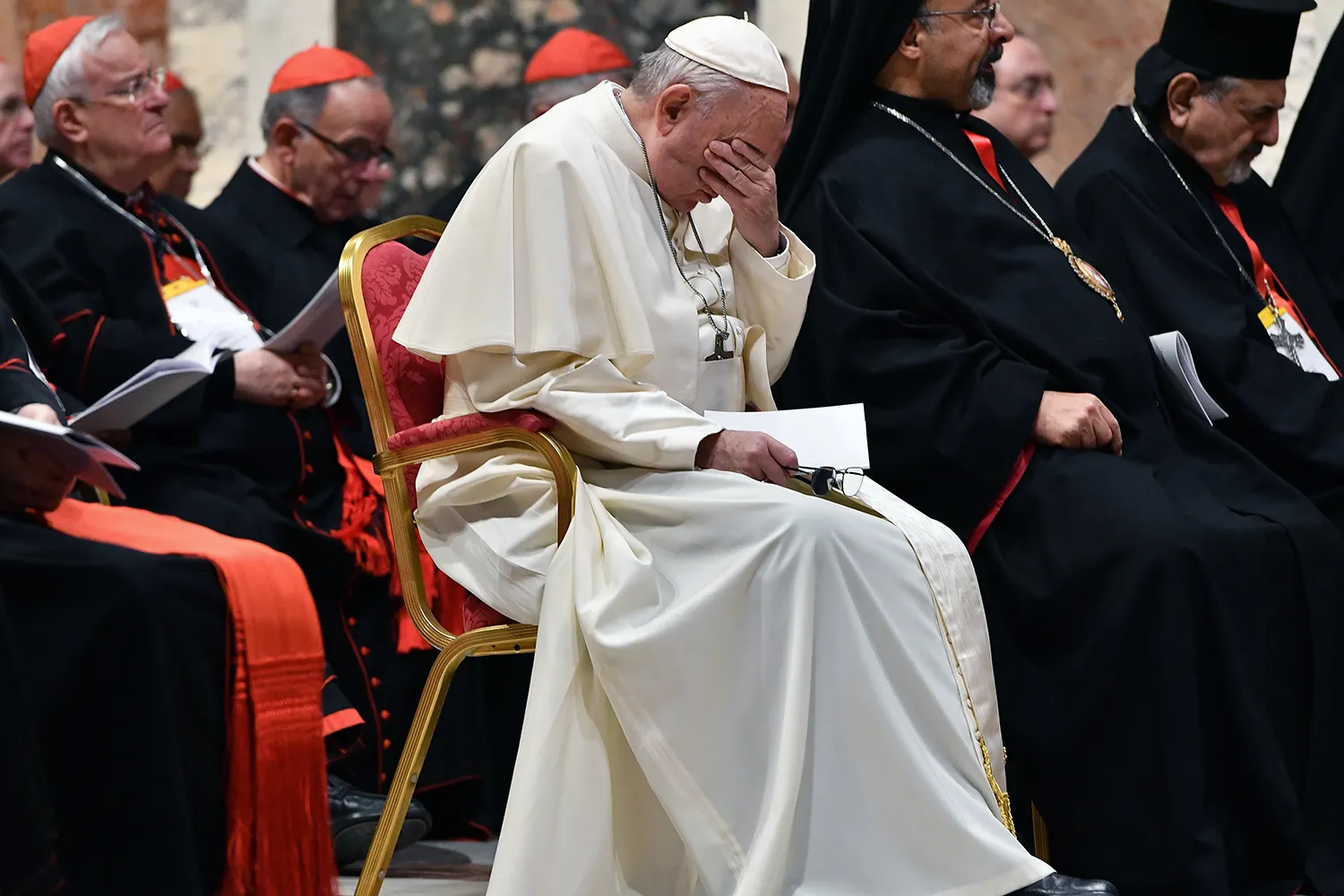
He would go on a year later, in February 2019, to hold a historic sex-abuse summit at the Vatican, where he hosted the presidents of every Catholic bishops conference in the world to enact new norms for confronting abuse and its cover-up. Yet while new legal standards for accountability are now in place, the church’s poor handling of abuse cases continues to cast a shadow over its leadership.
According to Catholic tradition, the pope’s namesake—Francis of Assisi—was told by God to “go and rebuild my church.” And that’s what Francis aimed to do. He quickly endeared himself to the world by shunning the trappings of power—refusing to live in the Vatican’s ornate Apostolic Palace, for instance, and carrying his own briefcase. But while such gestures hinted at the more substantial reforms he dreamed of achieving, those changes remain incomplete.

As cardinals soon gather again to determine the next leader of the world’s 1.3 billion Catholics, the momentous task Francis took on remains in this way unfinished. It will now be up to those men to decide if they want to follow in his trailblazing path or chart a new course altogether.
The post Pope Francis Led Catholics Through a Time of Crisis appeared first on Foreign Policy.




